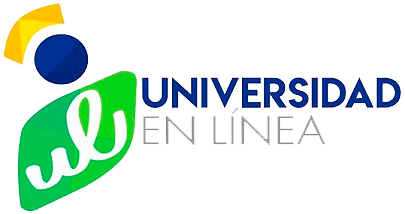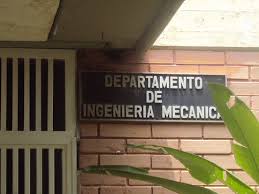El doctor Nando Troyani, profesor jubilado e investigador, estuvo la semana pasada en entrevista en el programa radial Universidad en Línea por Unión Radio 93.7 FM. En esa oportunidad nos habló de su gestión para la creación del Postgrado en Ingeniería Mecánica, de su trabajo de investigación y de su gestión para lograr el ingreso de jóvenes ingenieros mecánicos a programas de formación doctoral en importantes universidades norteamericanas.
Hoy Troyani lamenta que en la Universidad de Oriente, donde se formó, se le considere como investigador insolvente desde hace 14 años, y nos envía un articulo científico de su autoría, publicado recientemente en la revista JSA. Con la nota de envío «como referencia de nuestra última publicación (2017)». Afirma que continuará cumpliendo con el trabajo que escogió en la vida «ser profesor universitario». Su producción científica que comparte con sus colaboradores, la realiza desde su casa donde montó su laboratorio de simulación, le da proyección a la Universidad de Oriente y al país en los medios internacionales.
A continuación, el Abstract del Trabajo de Investigación de los doctores Nando Troyani y Milagros Sánchez publicados en la revista JSA en su idioma original.
The importance of the role played by the so-called stress concentration factors (or symbolically referred to as Kts) in analysis and design in both mechanical and structural engineering is a well-established fact, and accuracy and ease in their estimation result in significant aspects related to engineering costs, and additionally on both the reliability in the design of parts and/or in the analysis of failed members. In this work, rectangular finite width plates of both isotropic and orthotropic materials with circular and elliptical holes are considered. Based on two key observations reported herein, it is shown in a partially heuristic engineering sense, that Howland’s solution curve for the stress concentration factors for finite width plates with circular holes subjected to tension can be viewed as a master curve; accordingly, it can be used
as a basis to rather accurately estimate stress concentration factors for isotropic finite width tension rectangular plates with centered elliptical holes and also rather accurately used to estimate stress concentration factors for orthotropic finite width rectangular plates under tension with centered elliptical holes. Two novel concepts are defined and presented to this effect: geometric scaling and material scaling. In all the examined and reported cases, the specific numerical results can be obtained accurately using a hand-held calculator making virtually unnecessary the need to program and/or use other complex programs based on the finite element method, just as an example. The maximum recorded average error for all the considered cases being 2.62% as shown herein.
Keywords: Orthotropy, stress concentration, plates, geometric scaling, material scaling
Date received: 27 July 2016; accepted: 23 December 2016 email:ntroyani@gmail.com
Foto: Fachada del Departamento.



